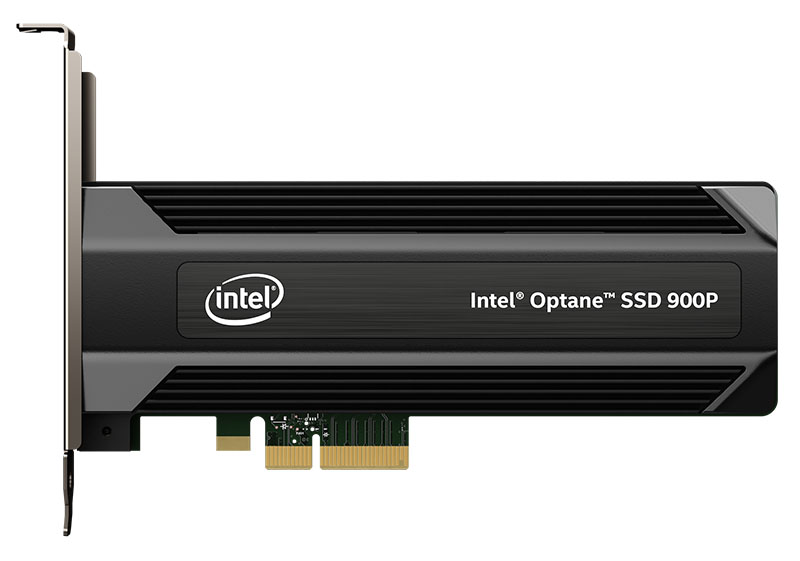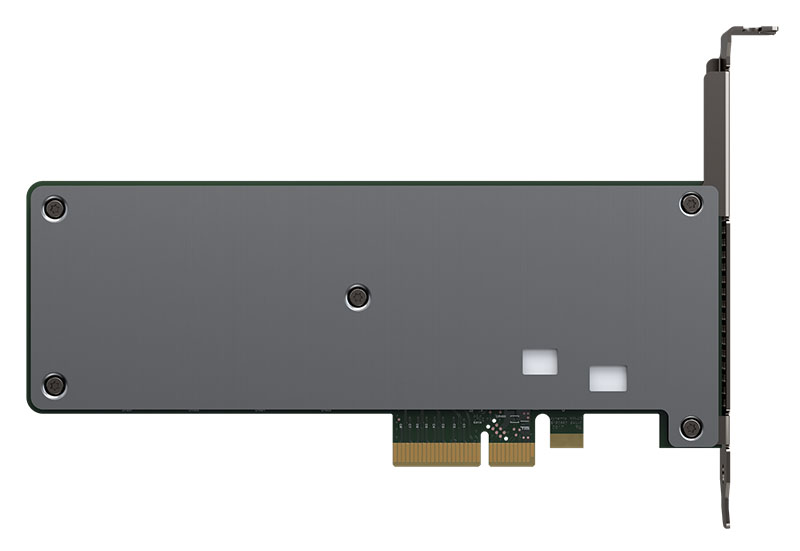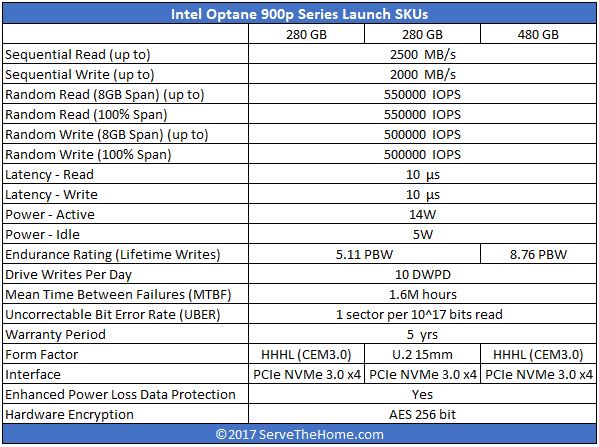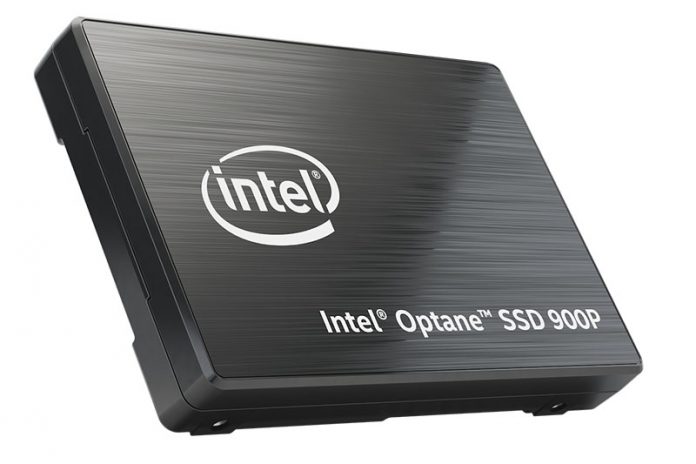Today Intel released a new Optane SSD family for the consumer segment. The Intel Optane 900p SSDs are NVMe format drives based on a similar technology to the Intel DC P4800X. Although the consumer drives have different capacities and features if you want to see just how big of an impact these drives have you can check out our Intel Optane: Hands-on Real World Benchmark and Test Results. We also tried the consumer drives in some light web hosting duties here Intel Optane Memory v. SATA v. NVMe SSD: WordPress / vBulletin Database Import / Export Performance. It is certainly worth saying that Intel Optane is a great technology.
The Intel Optane 900p SSD
We like Intel 3D XPoint technology a lot. We actually have multiple test beds in the DemoEval lab setup with Intel DC P4800X SSDs and even the client m.2 SSDs. The low latency at low queue depth is a great feature to have. Intel is promoting the drives along with a game as part of a high-end gaming rig. We think that positioning is to simply keep the market strong for the DC P4800X.

In the add-in card format, Intel adds a backplate that we did not see on our DC P4800X cards in the lab. The advantage of the AIC form factor is that it allows the drives to receive a lot of airflow and fit into just about any existing system.

M.2 drives are too small for higher-performance drives so we like the AIC choice. We also see a U.2 form factor SSD being launched however only in the 280GB capacity, not the 480GB capacity.
Intel Optane 900p Specs
Here is a quick summary of the specs for the Intel Optane 900p:

One key aspect the drives, they have write endurance of 10 DWPD which is simply awesome. No client SSD scenario will write the over 5PB that even the smaller 280GB drive is rated for. Usually to get that level of writes one would need to use the drives as a write cache in front of a large storage array with many servers and clients causing I/O. To that end, STH has a new benchmark that will be coming out soon to show this performance. We already have drives like the Intel DC P3700 and DC P4800X as well as many SATA and SAS3 SSDs benchmarked so stay tuned.
Overall the reliability figures look great with the only exception of the 1.6M hour MTBF. Most high-end NVMe SSDs have MTBF ratings of 2M hours. We also like that Intel is including PLP on these drives.
Final Words
Intel Optane is an awesome technology. For those worried about the sequential write or read speeds compared to what Samsung consumer drives put up, you should skip that line of thought. Sync writes on Intel SSDs, especially at low queue depths, are awesome and that is something that discerning workstation users will care greatly about. We are going to lump performance metrics of the Intel Optane 900p drives into our coverage where we compare a lot of high-end storage devices in one of the most demanding storage tasks around. Stay tuned for more.





Can we count on reviews of P4500 and P4600 ? I have both of them and very mixed feelings.
Nice write cache for a FreeNas box
Whats the failure modes of Optane units? Some SSDs lock writes to a drive that has reached its endurance rating so you still could read the data before the drive fails, but what about Optane, how do they behave when they have reached their rated endurance?
Guess I no longer need P3700s as SLOG drives…